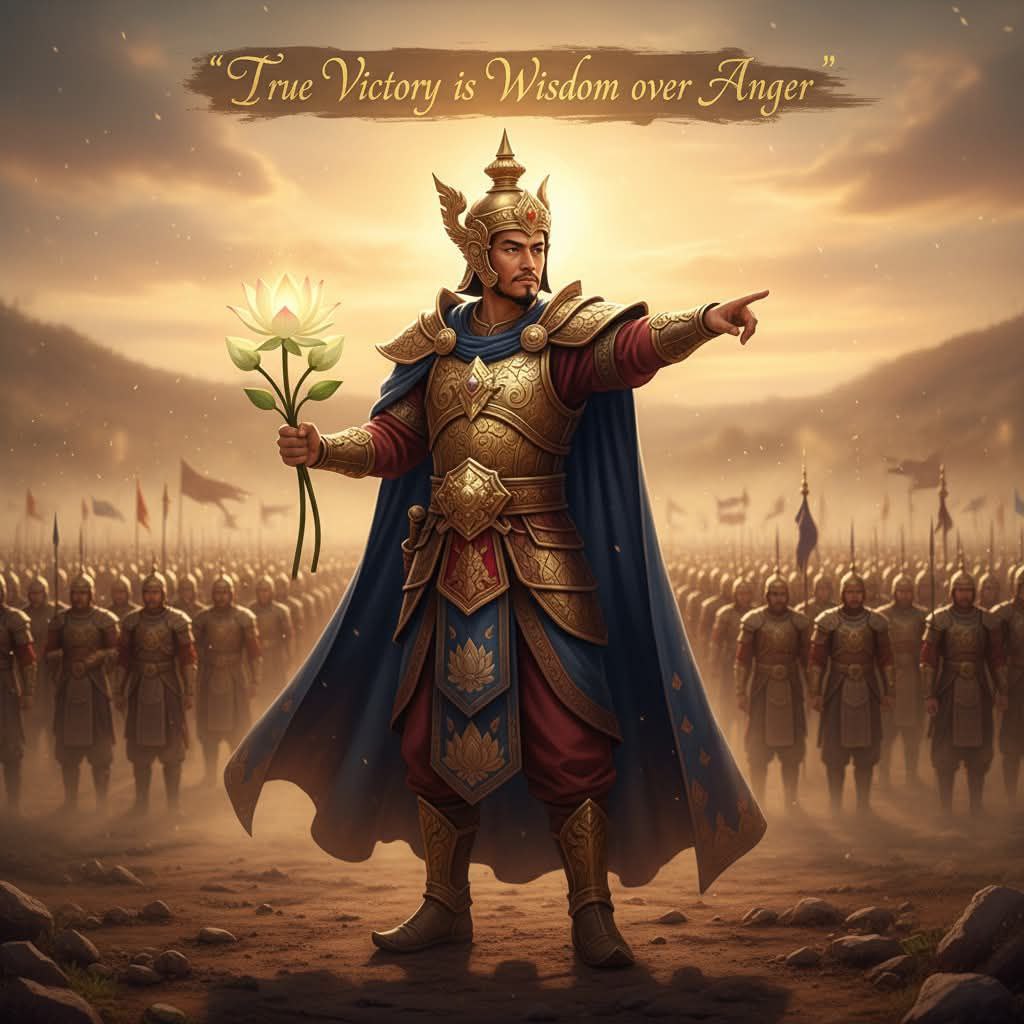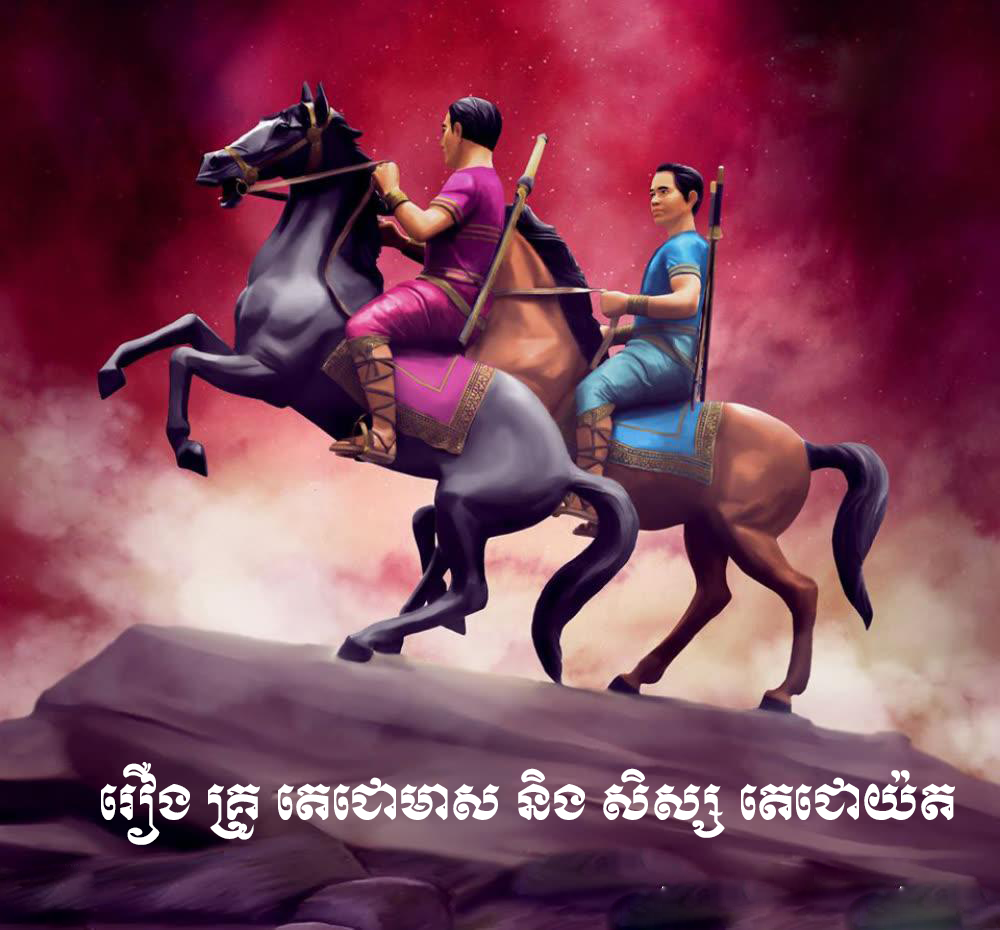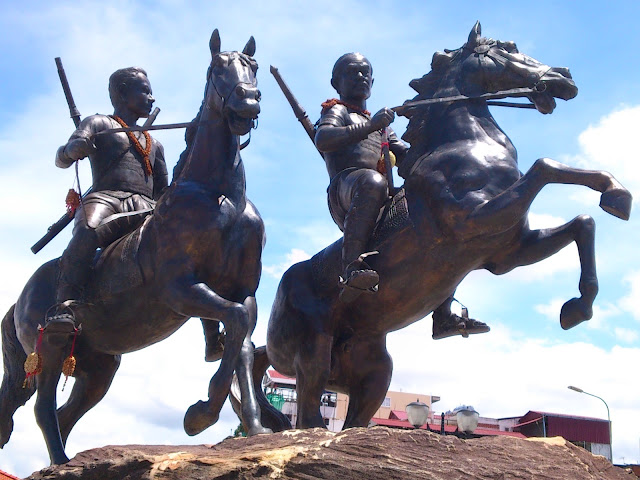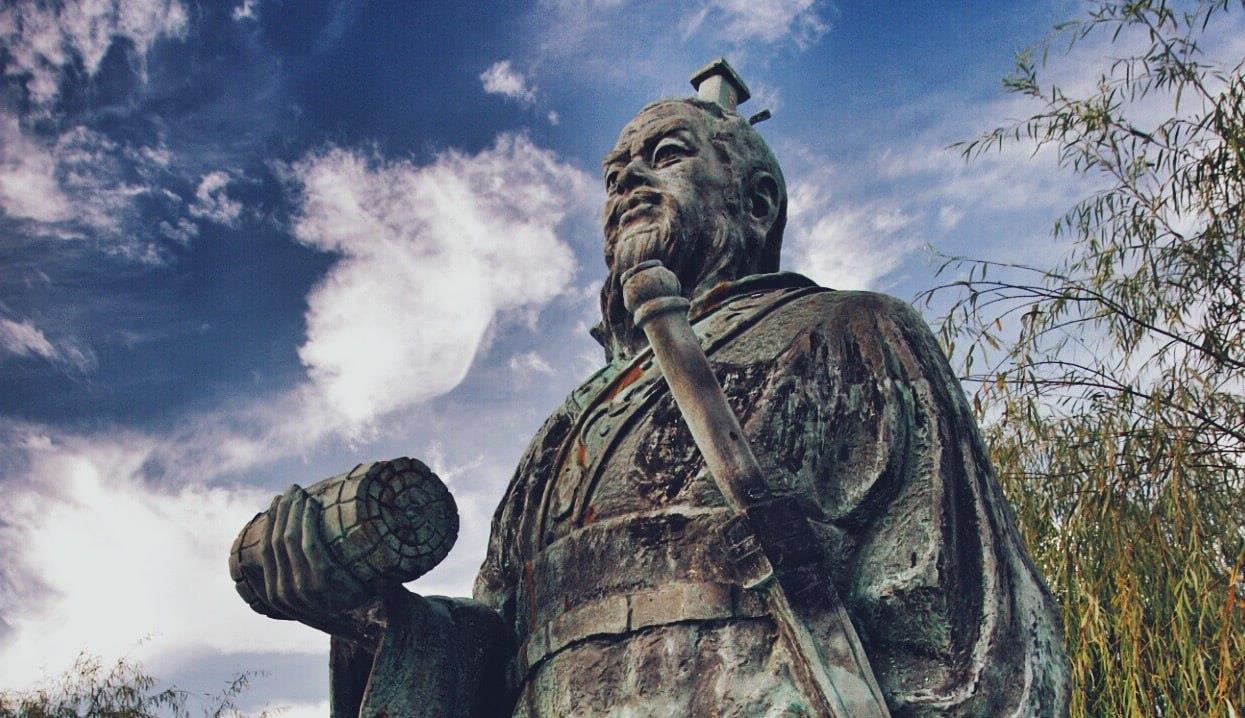
Administrators
•
•
2. Investigate the truth
In the difficult situation of her husband, Amara thought hard and diligently to serve him, including food and comfortable accommodation. Amara gave her husband strength and advice by carefully considering the problems, so that her husband's loyalty, honesty, and integrity would be maintained without any hesitation or hesitation in his duties. Amara always supported her husband, making him more affectionate and nurturing, not showing any weakness that would make it clear that the work of saving King Vitehara was at a standstill.
At dawn the next day, after eating a sumptuous meal prepared by Amra and beautifully adorned, the king gave a signal to the sage Seksombandit to come to him to investigate the true state of the Chola palace, to find out the whereabouts of the Chola family, and to find out the true plan of the Chola king to give his daughter to King Vitehara.
The king gave various methods to the sly Sarika who guarded the doors of the palace of the Chola king and Queen Mahesinanda Devi. Sarika herself was also a clever and loyal animal to her master, not easily answered by anyone, and did not easily learn the secrets of the king of the kingdom. Anyone who wanted to harm the Chola king could not escape Sarika's eyes even for a moment. Now, Seksombandit is a spy from Mithila. Can he spy on the Chola king and tell the king?
3. Seksombandit's love test for Sarika
When he arrived at the Chola king's palace, where Sarika was staying, Seksom sang a beautiful song that attracted Sarika. Seksom flew around showing off Sarika's body, making Sarika unable to control herself and called Seksom to ask about her journey to the center of the earth. Seksom praised Sarika's beauty, saying that she had soft wings and a beak that was as beautiful as a woman with a beautiful face. Sarika continued to question Seksom about her past. Seksom lied and said that he came from the noble city of Srei Preah Mahanakor, a servant of King Siriraj. He was generous in solving the problems of animals with a pure heart.
So he had the opportunity to follow the beautiful Sarika now. Sarika did not stop asking about the history of the wife and children of Sek Sombandit.
Sek Sombandit continued that his wife was quickly snatched as food when his master went to the park. The separation from his wife made him sad, unable to sleep, unable to eat, and his eyes were filled with tears. Seeing this sadness, his master advised the presence of Sarika of the Panchal kingdom in the temple of King Cholni that if Sarika was willing to befriend Preah Seriraj, he would present the traditional blessing of the marriage to him. Sarika said, "How can we live together in peace and harmony if we are of different lineages? If we dare to violate it, we will surely be criticized." Sekso replied with an analogy from the story of King Pasu, the king of the gods who took Jamgavathi without fear of being criticized, and Vachamaharushi who took Kannari Ratanavathi willingly gave up his priesthood and became a householder, living together happily until death, without anyone saying anything. The important thing is to be honest and friendly with each other.
Sarika listened to Sekso's charm and softened her heart without saying anything. Taking this opportunity, Sekso asked about the intention of the Cholani king to give his daughter to King Vitehara and the location of the royal family in Panchala, where the Brahmin Kevadda lived. Sarika told him about the evil intention of the Cholani king to use the royal daughter to lure King Vitehara and the king of Mahosa to kill him. And the king told him without hesitation about the whereabouts of those whom the scholar wanted to know. The scholar was delighted to praise the beauty of the queen, who pleased the heart of Sarika, who was worthy of being the queen of King Vitehara. She had a figure as bright as the stars in the sky, her face was radiant with a beautiful smile, her black hair spread out like the wings of a peacock, with one end raised like the tip of a crow's beak, her hair was curved like the tips of a crow's beak, and her eyes were black. If she were to be born like a child of a monkey, she would have teeth that were very close, her clothes were all ready, she would have a beautiful face, she would have a round face, The king's body was like a golden lotus, with a round waist and a smooth, round body, with a golden body, with a round, As if I could escape from suffering, if I did not see you, you would not be alive. I would not see your face in the world as usual anymore.
When they arrived in the kingdom of Mithila, the sage Somabandit flew to the shoulder of the monk Mahosa, who was sitting alone in the deserted temple. The sage told all the secrets that Sarika had written down and told the monk Mahosa without any hesitation. The monk Mahosa thought about Sarika's merits, saying that the work that had been done to achieve good results and the world was peaceful was due to the valuable contribution of the true information that Sarika had given through the sage Somabandit.
4. The strategy of the monk Mahosa to save the king of Vitehara and the great path of the world
At that time, the monk Mahosa thought that if he could not save his master now, others would criticize him as a wise man. After considering, the Lord Buddha prepared important strategies to solve the problem.Having prepared his face carefully, the king went to fetch the perfume from the beautiful incense burner that Amara had prepared for her husband. Having dressed, the king went to the palace of King Viteharacha and told him that he would go to Panchal Borei first to arrange the royal residence to be worthy of the status of a noble king and to negotiate with King Chola to provide hospitality and arrange a solemn, lavish and extremely honorable coronation ceremony in the Panchal Palace. King Vitheharaja paid the same attention to Mahasatha as before, including the perfect arrangement of the wedding ceremony between him and the Chola princess. He was very happy and all the resentment he had towards Mahasatha disappeared. He gave Mahasatha great authority to order the officials and the army to use the royal property as needed to arrange the wedding ceremony in the future. At the same time, he gave Mahasatha royal authority to be the great ambassador to negotiate and resolve the matter with the Chola king in the most complete way. Mahasatha was very excited and promised to King Rataharaja that he would solve all the problems for the king without any bad consequences.



 Monks
Monks

 Group
Group Buddha Dhamma Monk
Buddha Dhamma Monk Puthichak IT
Puthichak IT buddha dharma monk
buddha dharma monk  BuddhaChak IT
BuddhaChak IT  Cambodia4World
Cambodia4World  Bokator Cambodia
Bokator Cambodia  Monk Cambodia
Monk Cambodia Economic Buddhism
Economic Buddhism  Lbokator Khmer
Lbokator Khmer  Housewife Khmer
Housewife Khmer  Kun Lbokator
Kun Lbokator Preap News
Preap News  Sampeah News
Sampeah News  Kampuchea Chef
Kampuchea Chef 


























